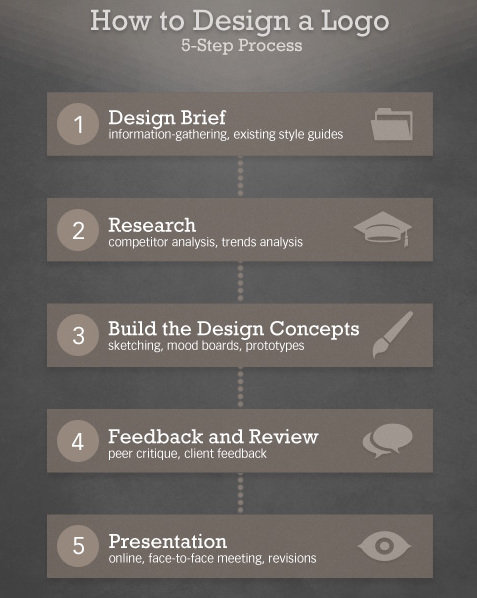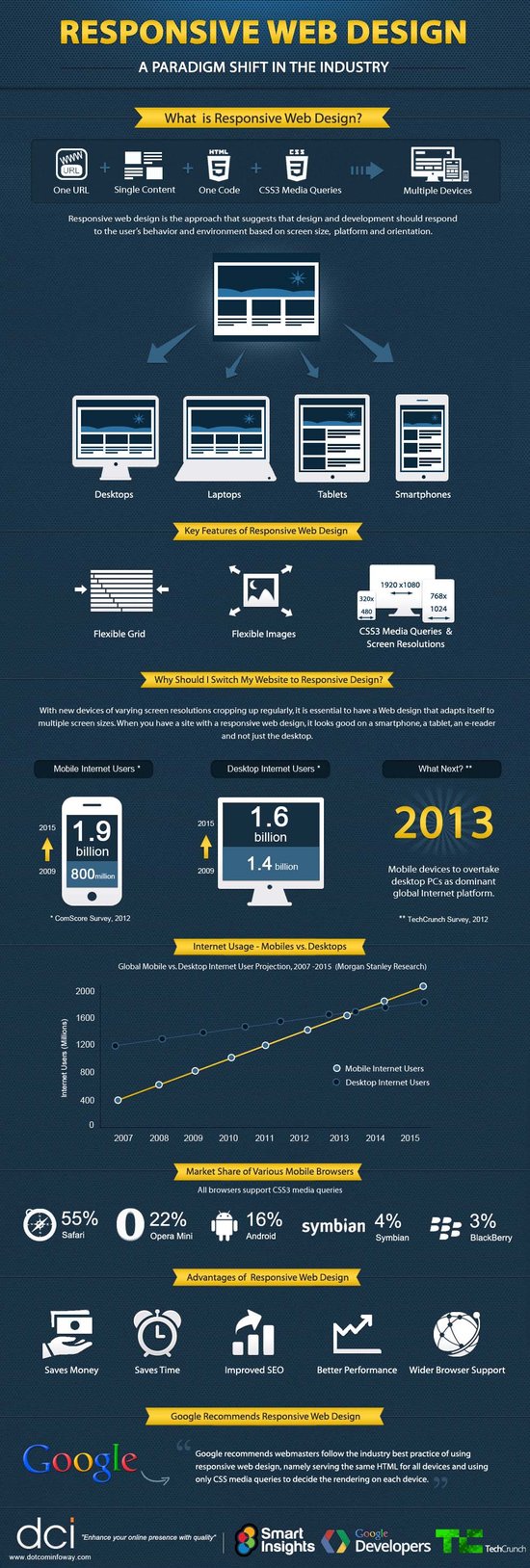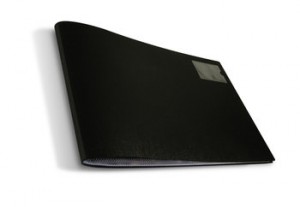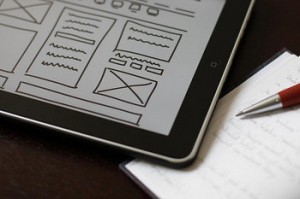![]() Raw, high-quality PSD files are one of the most treasured finds online for web designers. They aren’t particularly easy to find, especially compared to all of the readily available resources out there like tutorials, scripts, and templates. A combination of contractual restrictions for much of our professional work, and fear of outright plagiarism of our hard work keep many from sharing their finished PSD files for others to use.
Raw, high-quality PSD files are one of the most treasured finds online for web designers. They aren’t particularly easy to find, especially compared to all of the readily available resources out there like tutorials, scripts, and templates. A combination of contractual restrictions for much of our professional work, and fear of outright plagiarism of our hard work keep many from sharing their finished PSD files for others to use.
We should be sharing more of them however. PSDs speed the design process up dramatically, as designers can cut and borrow elements of existing files rather than building nearly identical looking versions from scratch, as often happens.
PSDs are also great for learning. Rather than reading tutorials, designers can dig into PSD files and see how every layer acts, individual settings for simple elements, and truly get hands on while studying other designers’ techniques.
While these files aren’t as popularly shared online, there are some sites devoted strictly to sharing PSDs for our own use. Jacob Gube listed the ten best sites posting new files on a regular basis that are high enough quality to be used professionally.









